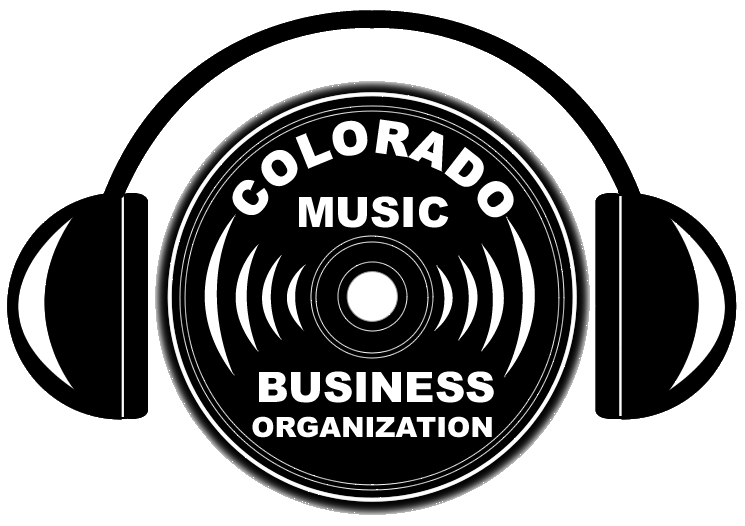Photo: Robot Sophia | By Carl Franzen, Venture Beat | In an important and helpful update issued today, the U.S. Copyright Office — which administers copyright protections from the government to human-authored works such as films, TV shows, novels, art, music, even software — clarified that some forms of AI generated content can, in fact, receive copyright protection, provided that a human substantially contributed or changed the content in question.
The clarity came in a new document, “Copyright and Artificial Intelligence, Part 2: Copyrightability”, the second portion of a report that was initially released in July 2024.
Thus, an image generated with a text-to-image AI service such as Midjourney or OpenAI’s DALL-E 3 (via ChatGPT), on its own could not qualify for copyright protection. However, if the image was used in conjunction with a human-authored or human-edited article (such as this one), then it would seem to qualify.
Similarly, for those looking to use AI video generation tools such as Runway, Pika, Luma, Hailuo, Kling, OpenAI Sora, Google Veo 2 or others, simply generating a video clip based on a description would not qualify for copyright. Yet, a human editing together multiple AI generated video clips into a new whole would seem to qualify.
The report also clarifies that using AI in the creative process does not disqualify a work from copyright protection. If an AI tool assists an artist, writer or musician in refining their work, the human-created elements remain eligible for copyright. This aligns with historical precedents, where copyright law has adapted to new technologies such as photography, film and digital media.
> > > > > > > > >
Go here to read more for clarification:
https://venturebeat.com/ai/u-s-copyright-office-says-ai-generated-content-can-be-copyrighted-if-a-human-contributes-to-or-edits-it/?f
(Thanks to COMBO Board Member Larry Thompson for alerting us to this development.
Https://www.brotherhoodofthehook.com)

